If you’ve ever stared at the shelf of acne medicines and wondered which one actually works for you, you’re not alone. Retin A 0.025 (the prescription‑strength form of tretinoin) often tops the list, but dozens of other actives promise similar results with different trade‑offs. This guide breaks down what makes Retin A 0.025 tick, lines it up against the most popular alternatives, and helps you decide which option fits your skin, budget, and tolerance.
What is Retin A 0.025 (Tretinoin)?
Retin A 0.025 (Tretinoin) is a synthetic retinoid derived from vitamin A, formulated at a 0.025% concentration for topical use. It accelerates skin cell turnover, unclogs pores, and boosts collagen production, making it a cornerstone treatment for acne vulgaris and photo‑aged skin.
How does it work?
Tretinoin binds to nuclear retinoic acid receptors (RAR‑α, RAR‑β, and RAR‑γ). This interaction changes gene expression, leading to faster shedding of dead skin cells and reduced sebum buildup. The boost in collagen synthesis also smooths fine lines over time.
Who should consider it?
- Individuals with moderate to severe acne who haven’t responded to over‑the‑counter options.
- People aiming to treat mild to moderate photodamage, such as fine wrinkles and hyperpigmentation.
- Patients comfortable with a prescription‑only product and a gradual introduction (titrating use to avoid irritation).
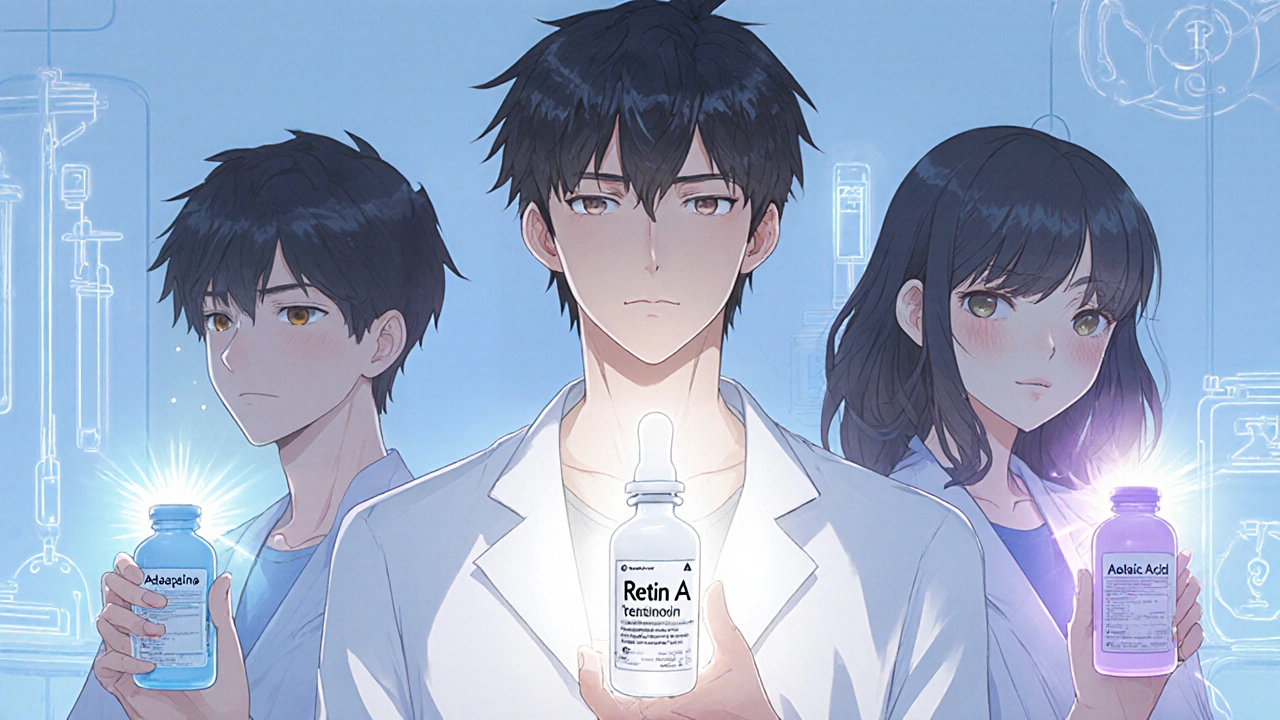
Key Benefits and Risks
Benefits include proven reduction in inflammatory lesions (studies show up to 55% fewer papules after 12 weeks) and long‑term improvement in skin texture. Risks are mostly skin‑related: erythema, peeling, dryness, and heightened sun sensitivity. Because it’s a potent retinoid, a dermatologist must prescribe it, and pregnancy is a strict contraindication.
Major Alternatives at a Glance
Below are the most widely used over‑the‑counter and prescription alternatives, each introduced with brief microdata for quick reference.
Adapalene (brand name Differin) is a third‑generation synthetic retinoid, typically sold at 0.1% or 0.3% concentrations. It offers similar comedolytic effects with a lower irritation profile.
Tazarotene (brand names Tazorac, Avage) is a more recent retinoid available in 0.05% and 0.1% creams. It’s potent for both acne and psoriasis but can be harsher on sensitive skin.
Azelaic Acid is a naturally occurring dicarboxylic acid, sold over the counter at 10% or prescription at 15‑20%. It reduces keratin buildup and has anti‑inflammatory properties, making it a gentle alternative for rosacea‑prone skin.
Niacinamide (vitamin B3) is an anti‑inflammatory, barrier‑supporting ingredient found in many serums at 4‑10% levels. While not a retinoid, it helps reduce redness and improve texture, often paired with weaker retinoids.
Salicylic Acid is a beta‑hydroxy acid (BHA) that exfoliates inside the pore, sold at 0.5‑2% concentrations. It’s excellent for oily, acne‑prone skin but lacks the collagen‑boosting benefits of retinoids.
Retinol is the over‑the‑counter precursor to tretinoin, available in 0.025%‑0.5% serums. It works slower, converting to tretinoin in the skin, which makes it a milder, more affordable entry point.
Side‑by‑Side Comparison
| Attribute | Retin A 0.025 (Tretinoin) | Adapalene | Tazarotene | Azelaic Acid | Retinol |
|---|---|---|---|---|---|
| Prescription status | Prescription‑only | OTC (0.1%); Prescription (0.3%) | Prescription‑only | OTC (10%); Prescription (15‑20%) | OTC |
| Typical concentration | 0.025% | 0.1%‑0.3% | 0.05%‑0.1% | 10%‑20% | 0.025%‑0.5% |
| Primary indication | Acne, photo‑aging | Acne | Acne, psoriasis | Acne, rosacea, hyperpigmentation | Acne, fine lines |
| Onset of visible results | 4‑6 weeks | 6‑8 weeks | 4‑6 weeks | 8‑12 weeks | 12‑16 weeks |
| Common side effects | Dryness, erythema, peeling | Mild irritation | Strong irritation, dryness | Transient tingling, mild dryness | Minor redness, dryness |
| Cost (average US price per month) | $40‑$70 (prescription) | $15‑$30 (OTC) | $60‑$90 (prescription) | $20‑$45 | $25‑$60 |
| Pregnancy safety | Contraindicated | Category C - discuss with doctor | Contraindicated | Generally safe (Category B) | Generally safe (Category B) |
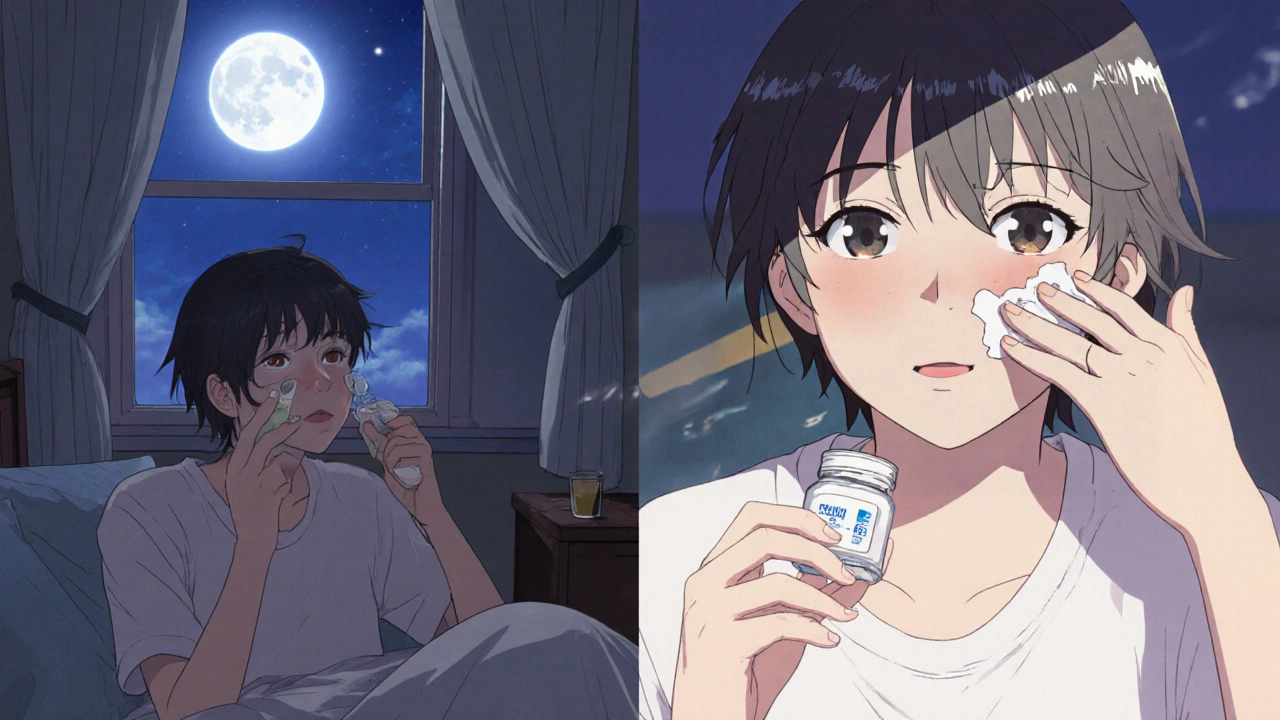
How to Choose the Right Retinoid for Your Skin
Use the decision tree below to match your needs with the most appropriate option.
- Prescription comfort: If you’re already seeing a dermatologist and can get a script, tretinoin or tazarotene are viable.
- Skin sensitivity: For easily irritated skin, start with adapalene or azelaic acid.
- Budget constraints: Over‑the‑counter retinol or low‑dose adapalene are the cheapest routes.
- Specific concerns: Choose azelaic acid for rosacea‑related redness, tazarotene for psoriasis, and tretinoin for deep collagen remodeling.
- Pregnancy plans: Avoid tretinoin and tazarotene; opt for azelaic acid or niacinamide.
Remember, the “best” product is the one you can use consistently without severe irritation.
Practical Tips for Starting Any Retinoid
- Start with 2‑3 applications per week, gradually increasing to nightly as tolerated.
- Always apply a broad‑spectrum SPF 30+ the next day; retinoids increase UV sensitivity.
- Pair with a gentle moisturizer-look for ceramides or hyaluronic acid to offset dryness.
- Avoid simultaneous use of other strong actives (e.g., high‑strength AHAs) for the first month.
- Track progress with photos every 2‑4 weeks to see subtle improvements.
Frequently Asked Questions
Can I use Retin A 0.025 while pregnant?
No. Tretinoin is classified as Category X - it can cause birth defects. Switch to a pregnancy‑safe option like azelaic acid or niacinamide.
How long before I see results?
Most users notice a drop in active breakouts within 4‑6 weeks, but improvements in fine lines and pigmentation can take 12‑16 weeks.
Is over‑the‑counter retinol a good substitute?
Retinol is a milder precursor; it works for beginners or those with sensitive skin, but you’ll need a higher concentration and longer timeframe to match tretinoin’s potency.
Can I combine adapalene with azelaic acid?
Yes, many dermatologists prescribe a nighttime adapalene and a morning azelaic acid routine. It balances comedolysis with anti‑inflammatory benefits while keeping irritation low.
What’s the biggest downside of tretinoin?
The irritation factor. Without proper titration and moisturization, users can experience severe peeling, redness, and sensitivity, which often leads to discontinuation.
Bottom line: Retin A 0.025 remains a gold‑standard for acne and anti‑aging, but it isn’t the only game‑changer. By weighing prescription status, irritation potential, cost, and your personal skin goals, you can pick a retinoid-or a combo-that keeps your complexion clear and youthful without the drama.
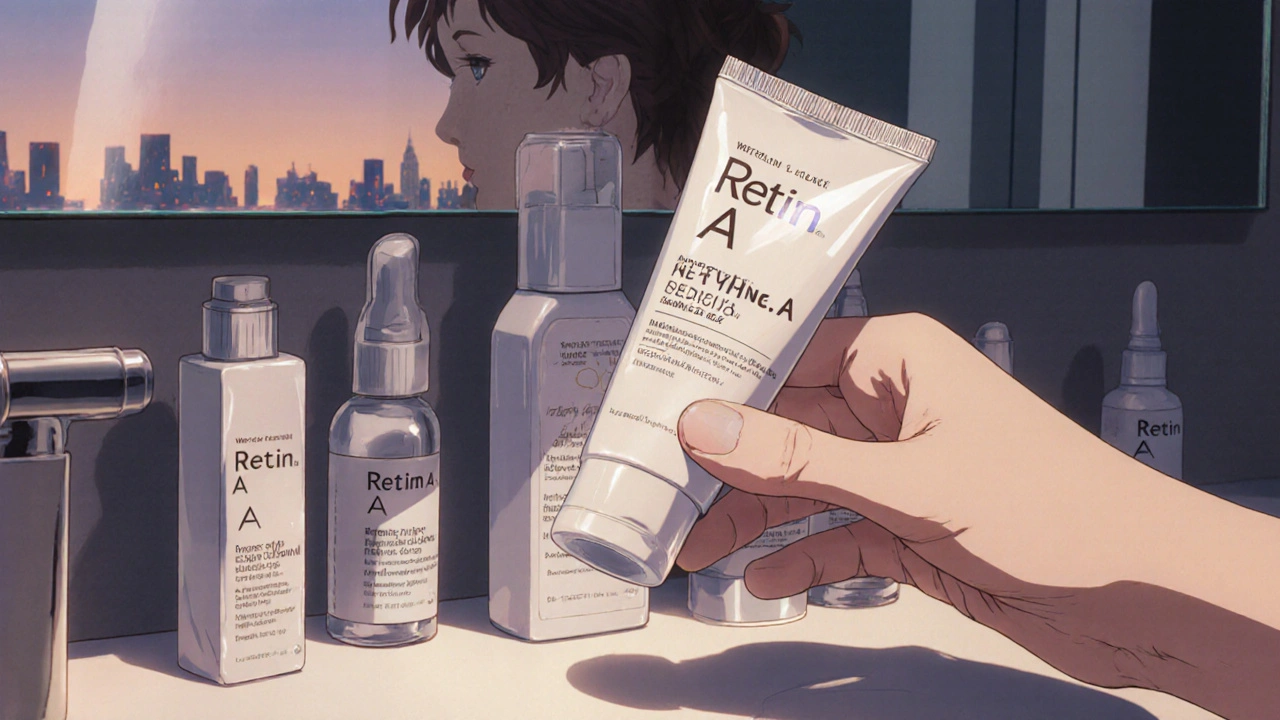

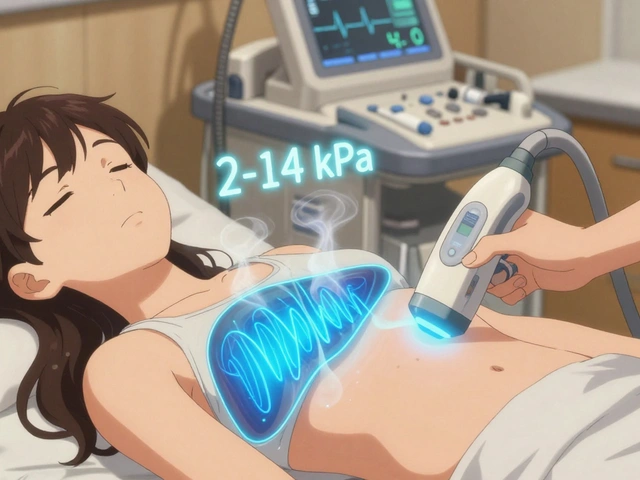

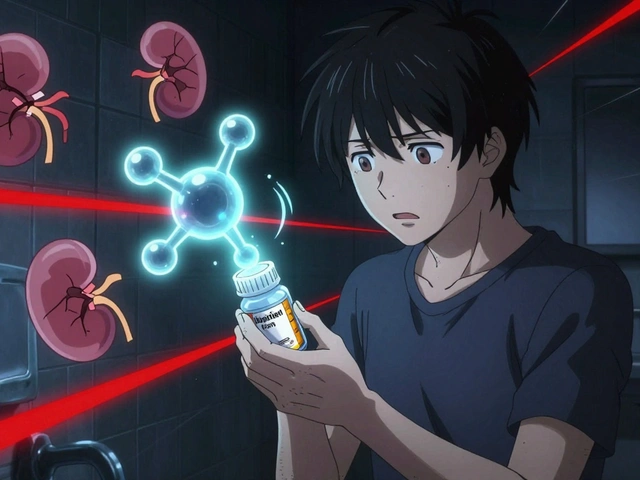
8 Comments
John Price
October 21, 2025Starting with tretinoin? Keep it low‑frequency at first, like 2–3 nights a week, then build up.
Nick M
October 21, 2025The whole tretinoin hype is just another chapter in the pharma‑driven narrative that markets scarcity as efficacy. They hide the fact that most of the clinical data were funded by companies that own the patents on the active ingredient. In reality, the molecular mechanism-binding to RAR‑α, β, γ-is nothing mystical, it’s a standard retinoid pathway that any generic can replicate. What the brochure doesn’t say is that the formulation additives are often the real irritants, engineered to boost absorption at the cost of barrier integrity. If you look at the adverse event logs, the peeling and erythema rates are on par with the placebo arms once you account for the moisturizer co‑therapy. Moreover, the “prescription‑only” label is a gate‑keeping tool that inflates perceived value and keeps patients dependent on costly dermatologist visits. The alternative over‑the‑counter retinol actually delivers a comparable amount of active molecule after in‑skin conversion, just slower and with fewer side‑effects. The supposed superiority of tretinoin for collagen synthesis is marginal when you consider that vitamin C serums can upregulate the same pathways without the burn. Many forums report that a disciplined regimen of adapalene plus niacinamide yields clearer skin than a rushed tretinoin trial that ends in irritation. You also have to factor in the astronomical cost of daily broad‑spectrum SPF, which is an implicit part of the tretinoin protocol and a hidden profit stream. From a safety standpoint, the pregnancy contraindication is a red flag that forces women into safer but less “glamorous” alternatives. If you’re early in your skincare journey, the risk‑reward curve tilts heavily toward the milder options. The bottom line is that the industry’s narrative is engineered to push the most expensive, most regulated product regardless of practical benefit. Your skin will thank you more for consistency, moisturization, and sun protection than for any brand name stamped on a tube. So before you sign a script, weigh the real chemistry against the marketing hype and decide if you really need the “gold standard” or just a solid routine.
eric smith
October 21, 2025Oh sure, because everyone’s skin is a lab rat for pharmaceutical experiments.
Erika Thonn
October 21, 2025i cant help but see the deeper meaning behind this, like the skin is a canvas of our existential dread, and every cream we apply is a futile attempt to mask the void. the author tries to sound scientific but drops a few commas and the meaning slips. maybe the real cure is accepting imperfection, not slathering chemicals. also the table seems to ignore real world cost of daily sunscreen which is hidden. i think the article could use a bit more soul, not just data.
Ericka Suarez
October 21, 2025Our nation’s beauty standards demand perfection, yet this so‑called “gold‑standard” is just an illusion sold by greedy elites!
Jake Hayes
October 21, 2025Perfection isn’t achieved through hype; stick to proven basics and you’ll see real results.
parbat parbatzapada
October 21, 2025the thing about these retinoids is they’re like secret weapons in a covert war against natural aging, whispered about in dermatology circles but never fully disclosed to the public. i read somewhere that big pharma pushes tretinoin because it ties patients into a lifelong cycle of moisturizers, sunscreens, and follow‑up appointments. while the science sounds legit, the hidden agenda is the profit margin, not the skin health. still, if you’re willing to endure the irritation, the collagen boost can be legit, just don’t expect miracles without sacrifice. remember, every product has a trade‑off, and the most “effective” ones often come with the highest price tag.
Casey Cloud
October 21, 2025Start with a pea‑size amount of tretinoin at night after washing your face let it absorb then lock in moisture use a gentle cleanser and a ceramide moisturizer and never skip sunscreen the next morning you’ll notice some dryness at first but it usually eases after a couple weeks keep the routine consistent and track progress with photos you’ll see improvement without overcomplicating things